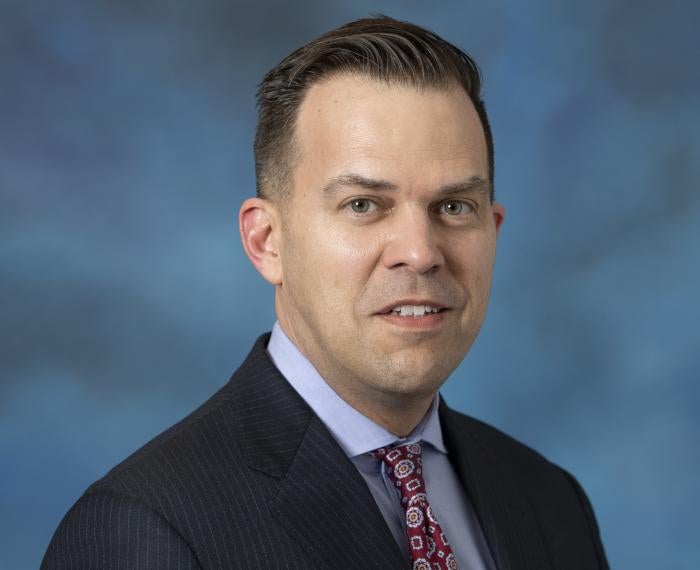
Subscribe to Pittwire Today
Get the most interesting and important stories from the University of Pittsburgh.What does the future of space medicine look like?

Manufacturing drugs on Earth is hard enough. But counterintuitively, it could be more effective in microgravity — in orbit hundreds of miles above ground, where gravity is much weaker than on Earth. That’s just one of the ways medical research in space provides a benefit to people down on terra firma presented in a recent perspective paper coauthored by a Pitt professor.
“Some pharmaceuticals are proteins that are crystalized. The size of the crystals can affect how they dissolve when delivered into the body,” said William Wagner, distinguished professor of bioengineering, surgery and chemical and petroleum engineering in the Swanson School of Engineering. “In space you can make very consistent, defect-free crystals, which are better for drug delivery.”
In a perspective piece published in Nature Reviews Materials, Wagner and researchers at more than a half-dozen institutions across the country made the case for the importance of new materials to be developed in space for space travel. They also outlined the ways this research could be used terrestrially.
“We’re trying to actually leverage the microgravity and have it be a useful part of developing something that will benefit people on Earth,” Wagner said.
Experiments suggest stem cells may grow faster and develop more desirable properties when grown in space, and microgravity allows 3D printers to make shapes that would collapse from the pull of gravity on Earth.
Researchers are also developing new kinds of new medical technologies to overcome the challenges of delivering treatment during long-term space exploration, as people travel further into the cosmos and further away from Earth and its doctors and hospitals.
The paper discusses new ways of delivering drugs, including transdermal patches and implants, and even microbes that can monitor a person’s health and act to fix a problem they encounter.
Growing up with science fiction may have led people to believe that transporters and limb regeneration were right around the corner. “And then you learn the science,” Wagner said, “and you think, ‘well, that’s never going to happen in my lifetime. But we’re right at this little, narrow point in history where things are opening up.”
He likened it to the exponential growth of computing power: “Without too much imagination, you can see the same thing happening in space access,” Wagner said, “and it’s pretty exciting for scientists, for engineers and for humanity in general.”

